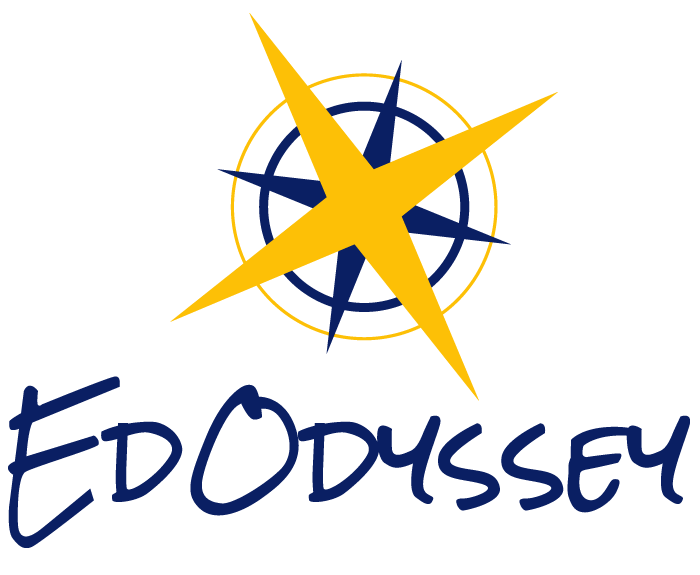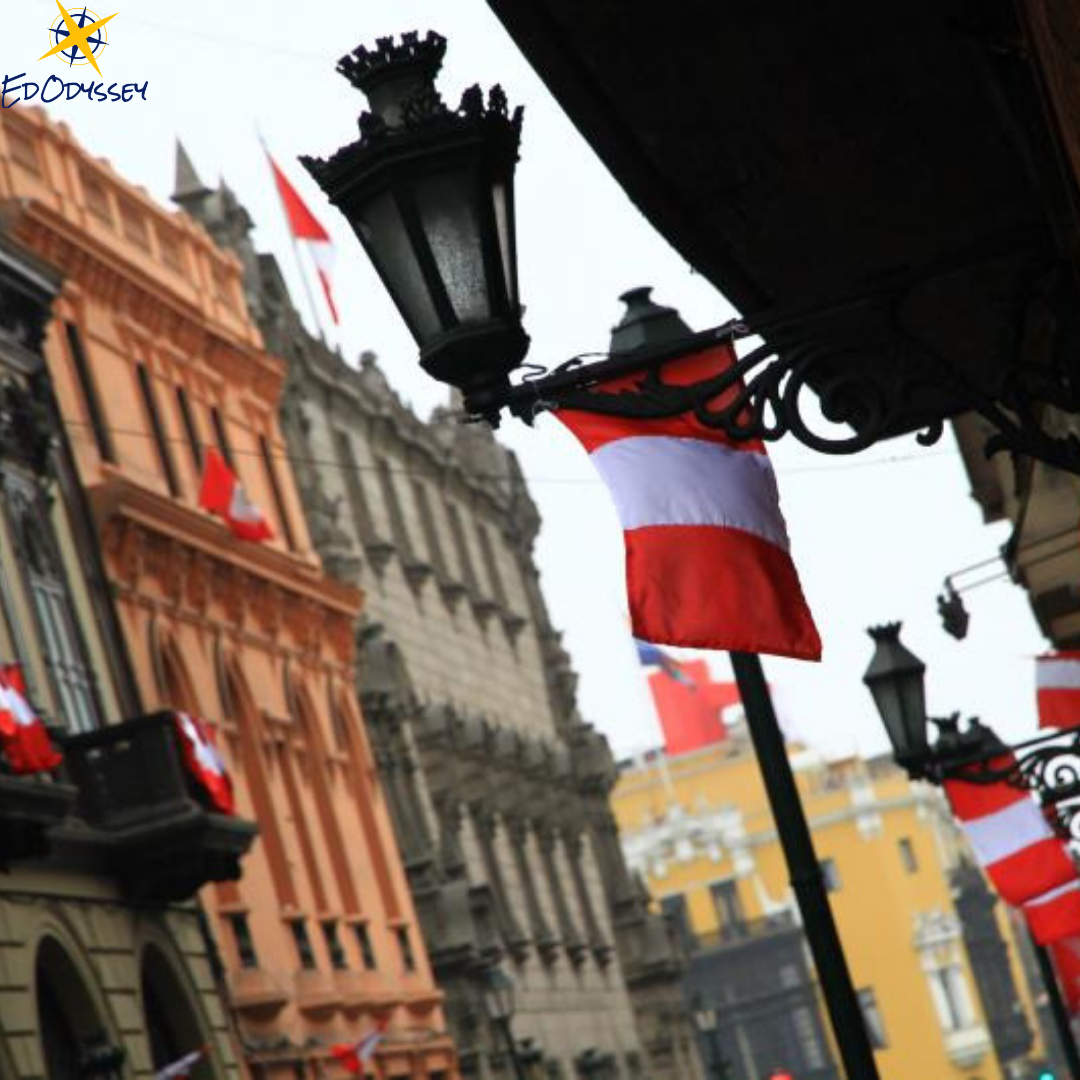Beyond Peru’s Independence Day: The Meaning of the Music
This is me, Luis Garcia, in Peru with the Andes Mountains!
The month of July is the time we celebrate what it means to be Peruvian. Our streets are embroidered with Peruvian flags above every home and building, and children and workers wear cockades, or knotted ribbons, with our national colors in remembrance of the day we declared our independence from the Spanish Crown. In preparation for Peru’s July 28th independence celebration, the restaurants bring on more staff because eating in Peru means so much more than just the food.
If you were to walk into a family restaurant on July 28th in Peru, you would notice that people typically order from a set menu with a range of classic Peruvian dishes and you’d hear the magic around you. In the restaurants, the radio combines the sounds of laughter and rejoice with acoustic guitars, wooden boxes as percussion and one man singing his lungs out. If you ask the waiter what that music is, it’s Peruvian creole music. There is neither proper Sunday lunches, nor Peruvian Independence Day celebrations, without feeling the heartbeat of Peruvian culture - creole music.
Creole music, as we know it today, actually had its roots since the very first time Spaniards set foot on Peruvian soil in the 16th century. As the very word “creole” tells us, musical expression from the European newcomers mixed with their Andean and Peruvian-African counterparts gave us a myriad of creole music adaptations of waltzes, polkas, and our very own Marinera and Tondero. This fusion of sounds and dances naturally extended in almost all forms of cultural expression, including language and food. There has never been any creole food without creole music playing in the background.
Manduco - a quinta turned into an Italian restaurant
Ever since I was a kid growing up in Lima, my dad would tune into Radio Nacional - Lima’s government-owned radio station - at exactly 1 pm as he would call my sister and me for lunch. My best family memories come from sitting down at the table and listening to the same creole music that has been playing in Peru since my grandfather was a kid.
As I remember learning in school, Peruvian creole music had its maximum expression since the 1950s when it brought neighbors and families together in the “quintas”, residential buildings in Lima (featured on the right). They were one-to-two story building with a main central hallway with doors both left and right.
Night at the Peña dancing Marinera!
Each door lead to single or multi-family units, and in times when radios were not affordable for everyone, families would gather around amateur musicians on weekends at the very end of the hallway to entertain nights in Lima. Creole music lyrics are very creative because they reflect whatever was going on at the neighborhood. It was one of these quintas which saw the late Arturo Zambo Cavero become the icon of Peruvian Creole music he is known today. With “Y Se Llama Peru”, he created a popular anthem which has brought Peruvians together every July 28th. Along with artists like Oscar Aviles, Pepe Torres and Eva Ayllon, he left us a legacy of musical creation that is now tied to the very definition of Peru, and becoming free to form our very own nation.
Times have changed, however, and Lima has changed too. Urban development grew larger and wider in our city, quintas were replaced by apartment buildings and family reunions moved to the now havens of creole music: peñas. Created as a reaction to change, these bars and taverns are special, in the sense that they celebrate what it means to be Peruvian because they play creole and African-Peruvian music as well as serving creole food and drinks, like our acclaimed “Lomo Saltado” and “Pisco Sour”.
Fun Fact: All street-facing businesses and houses need to have a flag outside during July in Peru!
In today’s day and age, creole music has unfortunately become a dying genre as times and social interactions have changed. Music is more of an individual situation now that services like Spotify and Apple music save us from whatever music is playing on the bus we’re riding after class or work, and so we don’t get to have the connections people had back then, but the holidays and our music always remind us of our traditions and who we are. No matter where you are in the world, you can be sure creole music will bring you tears of joy, knowing that your homeland will be waiting for you when you return.
As a Peruvian born in the 90’s, I’ve been happy to share the changes that I’ve learned and seen regarding our history through the years as well as the traditions that have stayed the same. In July, no meal is complete in Peru without hearing creole music in the background, especially on July 28th. The next time you visit a restaurant, if you listen closely, you’ll hear a little history in the air.
Do you want to speak to me and my team about studying abroad in Peru? Fill out our Study Abroad Contact Form and we’ll be happy to answer any of your questions!





